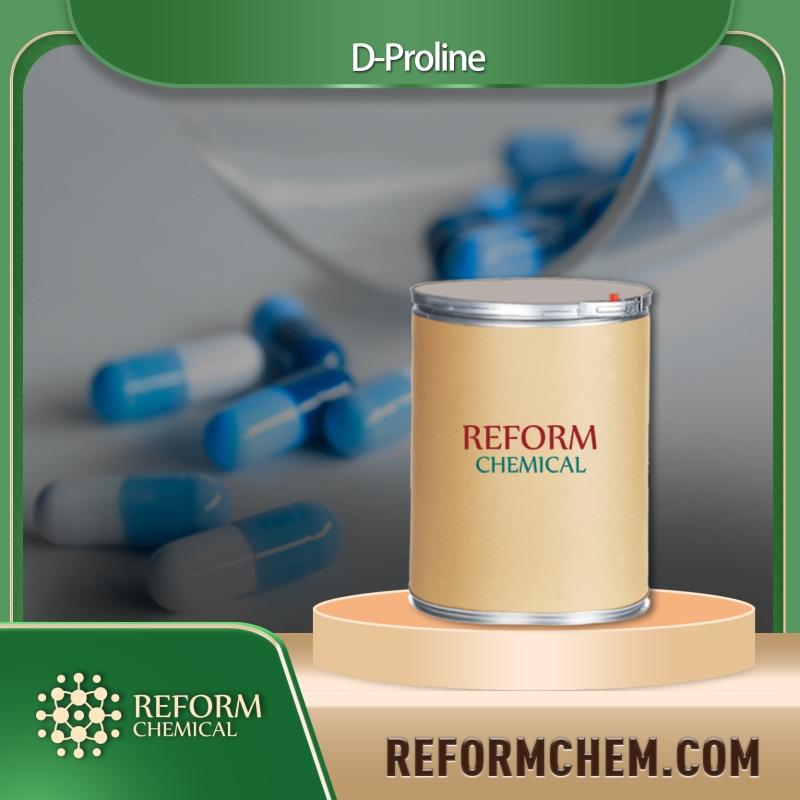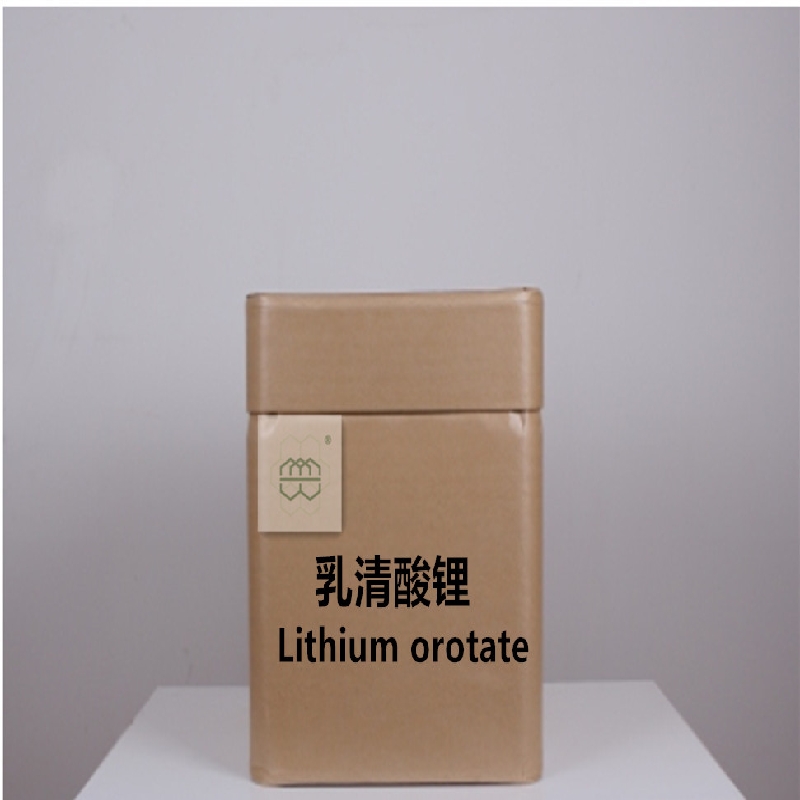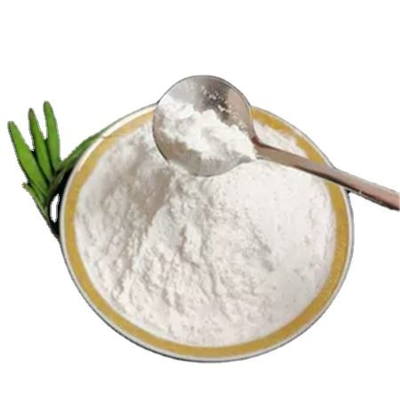Import cold chain is at risk, how to safely freeze food at home?
-
Last Update: 2021-02-10
-
Source: Internet
-
Author: User
Search more information of high quality chemicals, good prices and reliable suppliers, visit
www.echemi.com
recently found a number of new crown outbreaks throughout the country, many imported cold chain food detected the new crown virus nucleic acid positive problem. Many issued an initiative, suggested that we pay attention to the risk of imported cold-chain food, promote the purchase of fresh food home after their own frozen storage.Many people should have this experience, outside to buy back frozen food, made out of the taste and fresh gap is not big. But if you freeze some fish or meat, and then cooked to eat, the taste and taste will be worse, this is why?Why does food taste worse when it's frozen?we all know that water in food turns to ice because it's frozen. Ice is a kind of crystal, when the food freezes, the moisture in the food will first form some cores, and then over time, the water molecules around the core will gradually gather around the core to form ice crystals. The process is a bit like snowballing.If the ice crystals formed by the freezing process are too large, they will destroy the original cell structure in the food, and when frozen, the liquid in the cells will be lost with the freezing, that is, the loss of nutrients, and will make the food soft and collapse.How to reduce the damage of freezing to food?how do you reduce the Xiaoice of the crystals? In fact, it is very simple, that is, to minimize the time of food freezing. The shorter the freezing time, the smaller the ice crystals formed and the less damage to food. It is generally believed that if the central temperature of the food can be reduced from
-1
degrees C to
-5
degrees C in
30
minutes, it is a fast freeze, which is an ideal state.Frozen food tips for large chain food processors that use a variety of industrial equipment to reduce freezing times. As an ordinary consumer, we can start from two aspects to shorten the time of food freeze. One is to minimize the size of the food, cut the whole piece of meat into single-eat sizes, or cut the chicken straight into small pieces to freeze. Cutting food into small pieces increases the area of contact with cold air and shortens the time it freezes.Second, reduce the food starting temperature, if the food itself is relatively large inconvenient to divide, you can first put in the refrigerator freezer to cool down, and then put in the freezer frozen.Shrimp, squid and other smaller aquatic products: can be washed clean and frozen.
larger fish and other aquatic products: you can take out the internal organs washed, with cling film wrapped in frozen.
pig, beef and mutton: can be cut into single-eat small pieces, with a fresh box set up frozen.
, corn and other vegetables: you can first water to make the enzyme infeligion, and then frozen.How do I defrost food?if you are in a hurry to eat, because the thermal conductivity of water is greater than that of air, you can defrost with water. But this can lead to the loss of water-soluble ingredients in food.
actually at home when the frozen food at room temperature thaw on it. But in midsummer, mosquito fly or microbial contamination is difficult to prevent. The safest way is to put frozen food in the refrigerator freezer slowly frozen, that is, safe and convenient, the only disadvantage is that the time is longer.Be careful not to defrost food repeatedly, which will not only cause bad taste of food, but also easy because bacteria breed to accelerate food quality. Frozen food can not be eaten at once, you can first put refrigeration,
2-3
days to eat generally will not be a problem. Will everything be all right when the food freezes? the preservation cycle of frozen foods is not exactly stated. In general, vegetables, aquatic products frozen conditions, storage for half a year no problem; Because it's not just microbes that cause food corruption, the presence of enzymes in oxygen and food can also make food bad. As frozen food increases over storage time, the ice in the food sublimates, creating many micro holes in the surface of the food, which increases the area of contact between the food and oxygen, leading to acid decay and desalination of the food. Foods rich in unsaturated fatty acids are more likely to go bad and have shorter shelf life, such as fish, shrimp and other aquatic products, which are lower than livestock such as pigs and cattle.
This article is an English version of an article which is originally in the Chinese language on echemi.com and is provided for information purposes only.
This website makes no representation or warranty of any kind, either expressed or implied, as to the accuracy, completeness ownership or reliability of
the article or any translations thereof. If you have any concerns or complaints relating to the article, please send an email, providing a detailed
description of the concern or complaint, to
service@echemi.com. A staff member will contact you within 5 working days. Once verified, infringing content
will be removed immediately.







